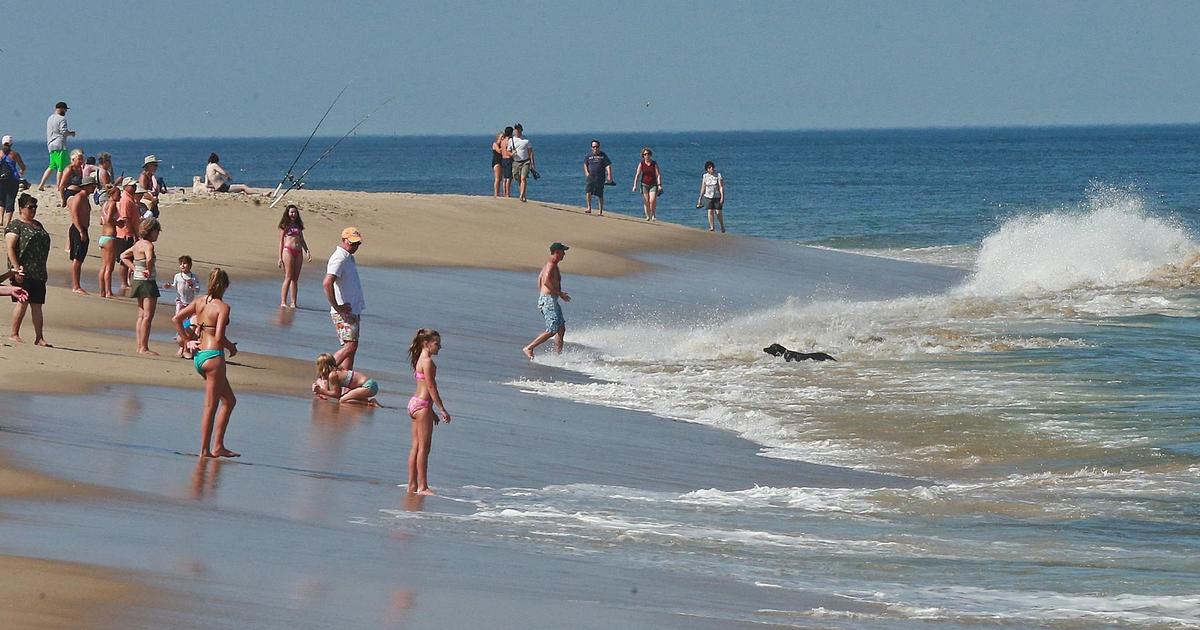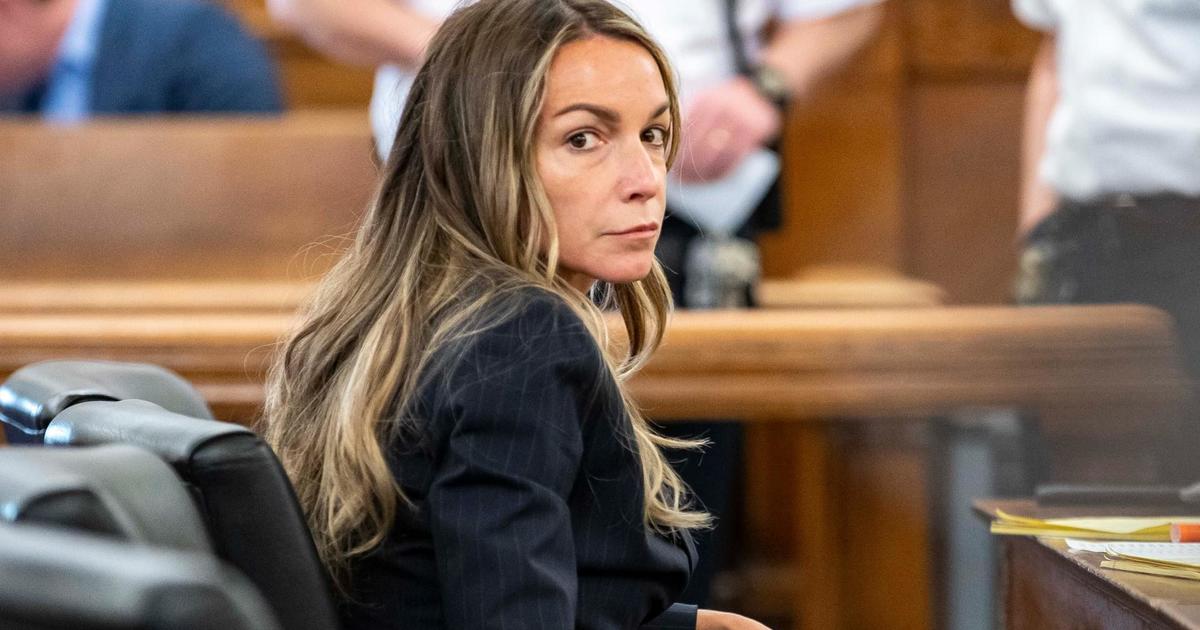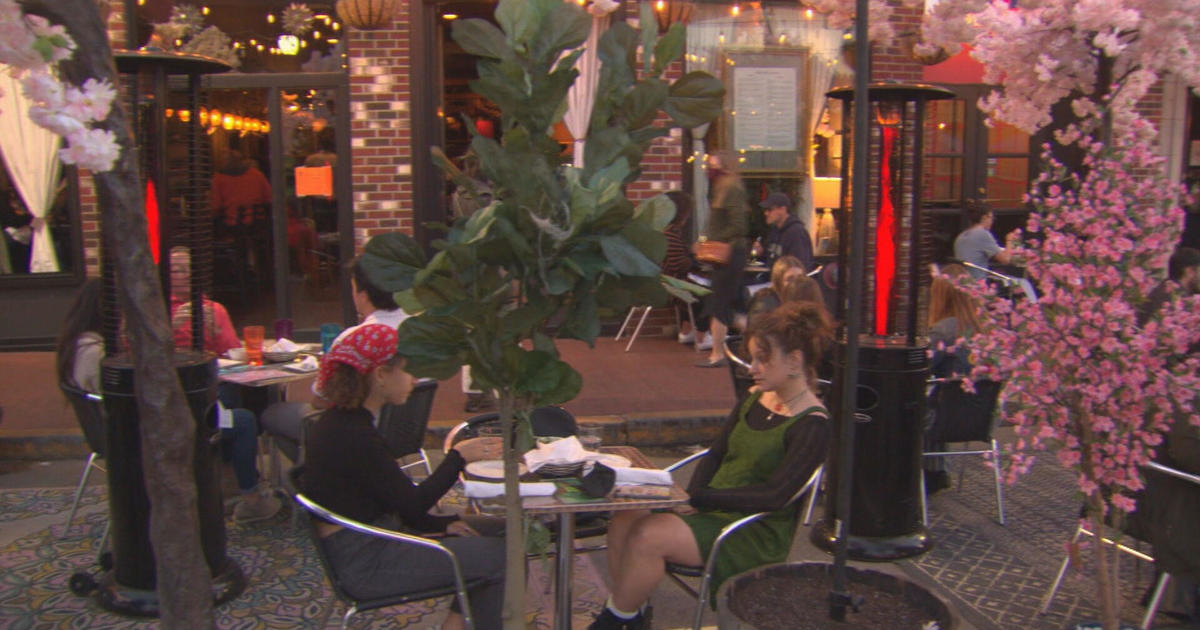Gardening With Gutner: Terrariums
BOSTON (CBS) - The outdoor gardening season is coming to a close, but you can still grow plants inside your home.
As the colder months quickly approach its time to look for fun indoor gardening projects. How about terrariums? They are easy to make, fun to watch the plants grow and a great centerpiece for a table or desk. You can visit your local garden center and purchase all the materials you need to make your own little garden dome.
In today's Gardening With Gutner, WBZ-TV Gardening Expert Mark Saidnawey from Pemberton Farms gives Todd some tips on starting a terrarium.
Supplies needed to make a terrarium
1. Glass container or jar
2. Gravel and Charcoal for drainage
3. Potting soil for planting
4. Plants for the terrarium
5. A little imagination and creativity
Instructions to making your own terrarium
First you must select a glass container. Large all clear glass jars like a cookie jar, glass vases, large brandy shape glasses and old aquariums that you don't have any fish in are all excellent choices for building a terrarium.
Once you've selected your container you are ready to start!
You first want to create the terrarium's drainage layer. Put down a one inch layer of pea gravel in the bottom, followed by an additional 1/2 inch layer of charcoal (optional). If the container has a narrow opening you may want to create a funnel with the paper, then pour the gravel through the funnel and use a pencil to move the gravel into place.
Next comes the growing medium for the plants. Pour 2 to 3 inches of fresh potting soil over the drainage layer. The soil and drainage layer should take up about 1/4 of the terrarium container's space.
Once the terrarium is prepped you are ready to start planting.
Be sure to select small plants that all require the same type of care. For example, use all tropical shady plants, all sun-loving or all drought-tolerant plants. Never mix plants with different growing requirements as it is impossible to give each different type of plants it's specific care needs.
Be sure to give some thought to where in the container the plants should be arranged. Taller plants should go in the back of the jar and shorter ones in the front. Dig planting holes in the soil with a chopstick or your hand if it fits through the container's opening. Remove the plants from their containers. Trim off any yellow or brown foliage. Remove any extra soil from around the roots, then tease the roots apart gently, and place the plants into the planting holes. Cover the roots with soil and gently firm the soil around each plant.
If you created a tropical terrarium, you have the option of covering the jar with a lid or glass dish. This step will seal the environment and create a miniature rain forest. Just be aware that sealed terrariums are at risk of overheating if placed near a sunny window. Skip this step if you used drought tolerant plants, such as cacti and succulents, as it will create too humid of an environment for them.
Best of luck in building your terrarium. If you have any questions or comments please feel free to contact me at Mark@pembertonfarms.com.



